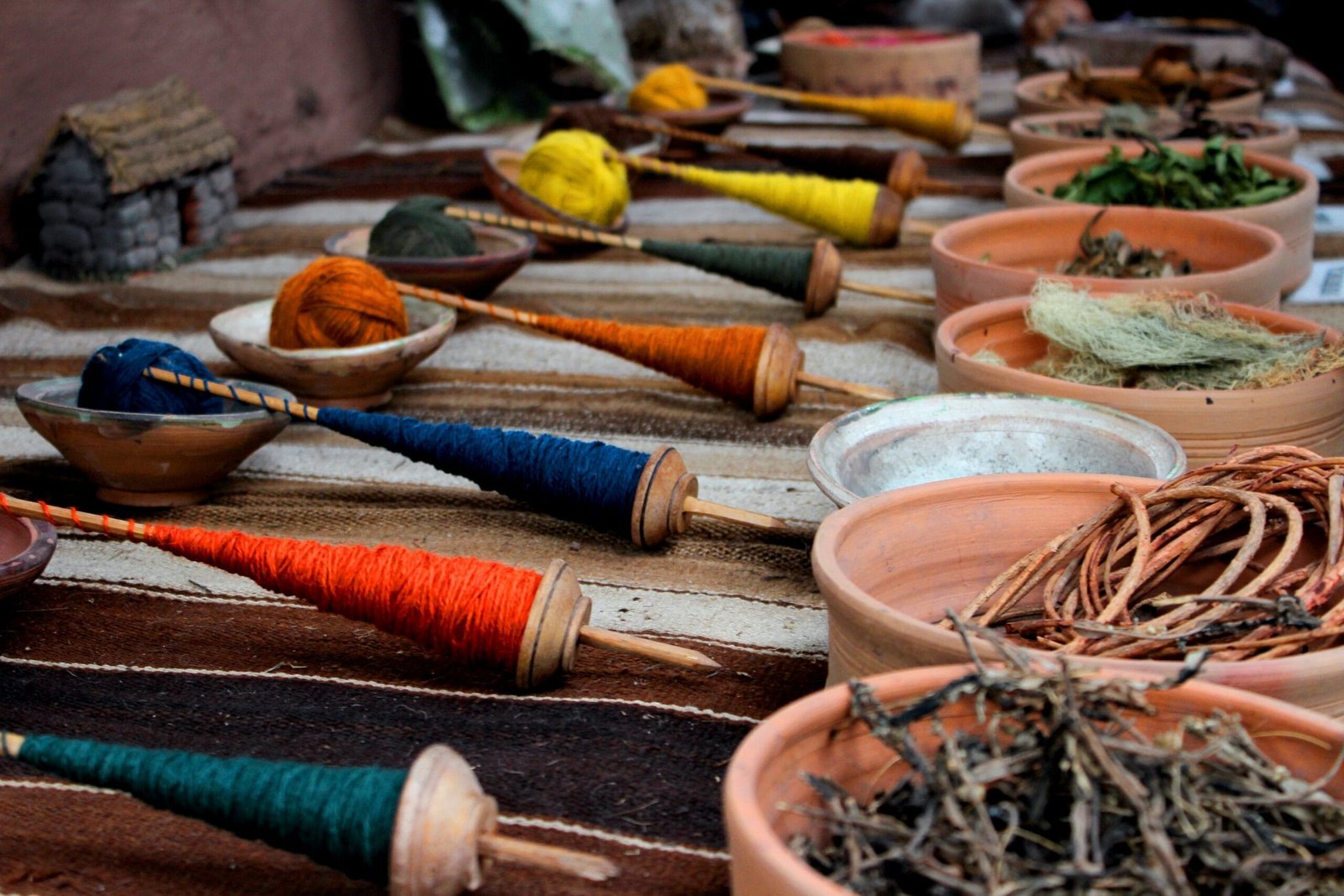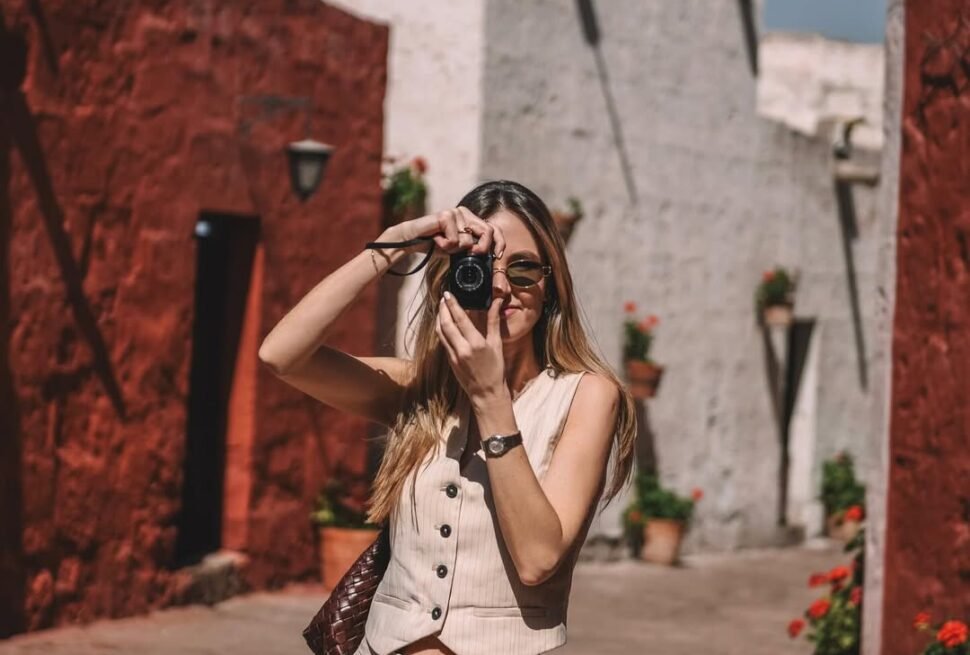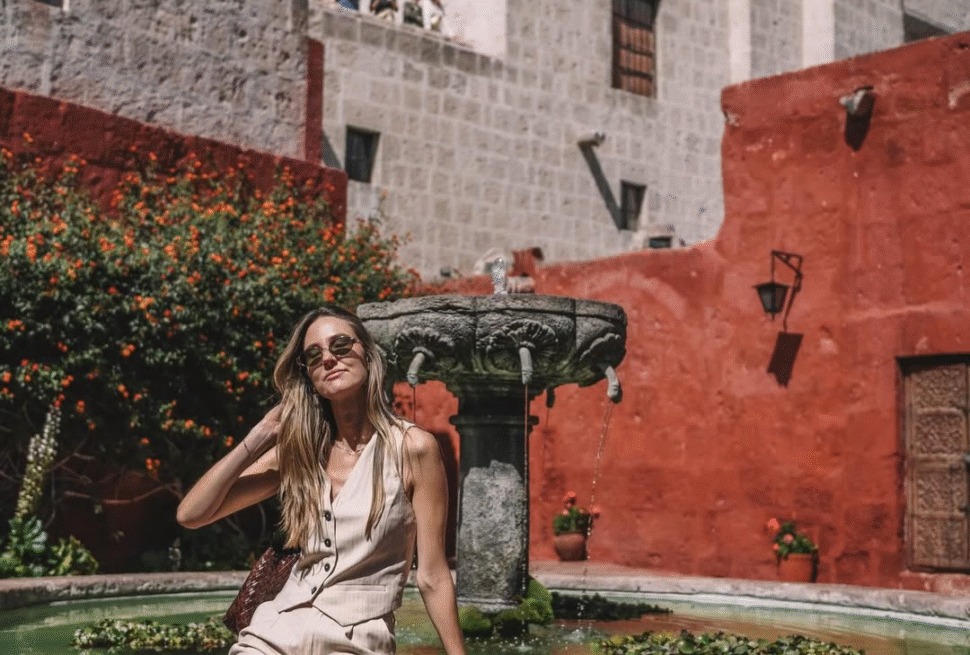Peru, a land rich in cultural heritage and history, boasts a vibrant tradition of handicrafts that reflects the country’s diverse indigenous cultures and regional identities. From the Andean highlands to the Amazon rainforest, Peruvian artisans employ a variety of traditional techniques and materials to create stunning works of art. This blog explores the fascinating world of Peruvian handicrafts, highlighting the unique skills and resources that artisans have passed down through generations.
Textile Weaving: A Legacy of the Andes
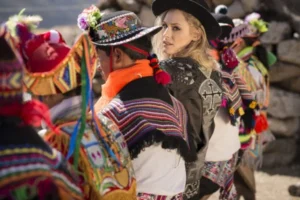
Textile weaving is one of the most ancient and revered crafts in Peru, with a history dating back thousands of years. The Andean communities are particularly renowned for their intricate weaving techniques and the vibrant colors of their textiles. Artisans use natural fibers such as alpaca, llama, and sheep wool, which are hand-spun and dyed using natural dyes derived from plants, minerals, and insects.
The patterns woven into these textiles are rich in symbolism, often representing elements of nature, mythology, and daily life. Traditional garments like ponchos, mantas (shawls), and chullos (knitted hats with ear flaps) are not only practical for the Andean climate but also serve as expressions of cultural identity.
Pottery and Ceramics: Crafting History

Pottery in Peru has a long tradition, with roots in ancient civilizations like the Moche, Nazca, and Inca. Today, Peruvian ceramics continue to be crafted using traditional methods that have remained largely unchanged for centuries. Artisans often hand-shape the clay, using techniques such as coil building and molding, and decorate the pieces with intricate designs that draw from pre-Columbian motifs and contemporary influences.
Regions like Ayacucho, Cusco, and Puno are particularly famous for their distinctive pottery styles. Whether it’s the fine polychrome ceramics of the Chulucanas or the vibrant, glazed pottery of Cusco, these items are prized for their aesthetic beauty and cultural significance.
Jewelry and Metalwork: From Ancient Goldsmiths to Modern Artisans
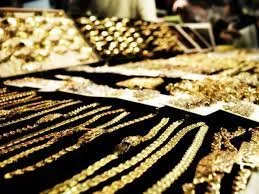
Peru has a rich tradition of metalwork, especially in gold and silver, dating back to ancient civilizations such as the Incas, who were skilled goldsmiths. Today, Peruvian artisans continue to produce exquisite jewelry and decorative items using precious metals. Techniques like filigree, repoussé, and casting are commonly employed to create intricate designs.
Traditional jewelry often features symbolic elements, such as depictions of animals, mythological figures, and geometric patterns, which are rooted in indigenous cosmology and beliefs. Regions like Catacaos and Cusco are well-known for their masterful silver jewelry and finely crafted pieces.
Basketry and Weaving: Natural Fiber Artistry
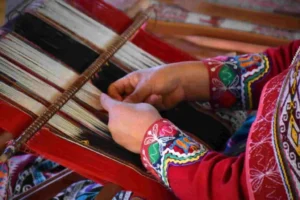
TThe art of basketry is another significant craft in Peru, with artisans using a variety of natural fibers, such as reed, straw, and palm leaves. These materials are skillfully woven to create a range of items, from baskets and mats to hats and other accessories.
In the Amazon rainforest, indigenous communities use fibers from the chambira palm and other local plants to make intricate baskets, bags, and hammocks. The designs often incorporate traditional patterns and colors, reflecting the cultural heritage of the artisans.
Wood Carving: Bringing Tradition to Life
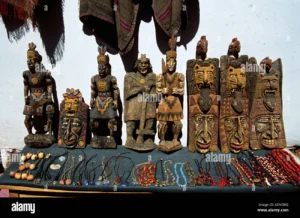
Wood carving is an integral part of Peru’s artistic landscape, particularly in regions like Ayacucho, Cusco, and the Amazon. Artisans carve religious figures, masks, and decorative items, often drawing on indigenous iconography and Catholic influences. The craftsmanship involves detailed carving and sometimes painting, resulting in pieces that are both artistically expressive and culturally significant.
Blockquote
Conclusion
Peruvian handicrafts are a testament to the country’s rich cultural tapestry and the creativity of its people. Each craft tells a story of tradition, community, and identity, preserved and adapted over generations. Whether through textiles, ceramics, jewelry, basketry, or wood carving, Peruvian artisans continue to inspire with their dedication to traditional techniques and their innovative use of natural materials. For those interested in exploring these crafts, visiting local markets and workshops provides a unique opportunity to appreciate the artistry and support the cultural heritage of Peru.

